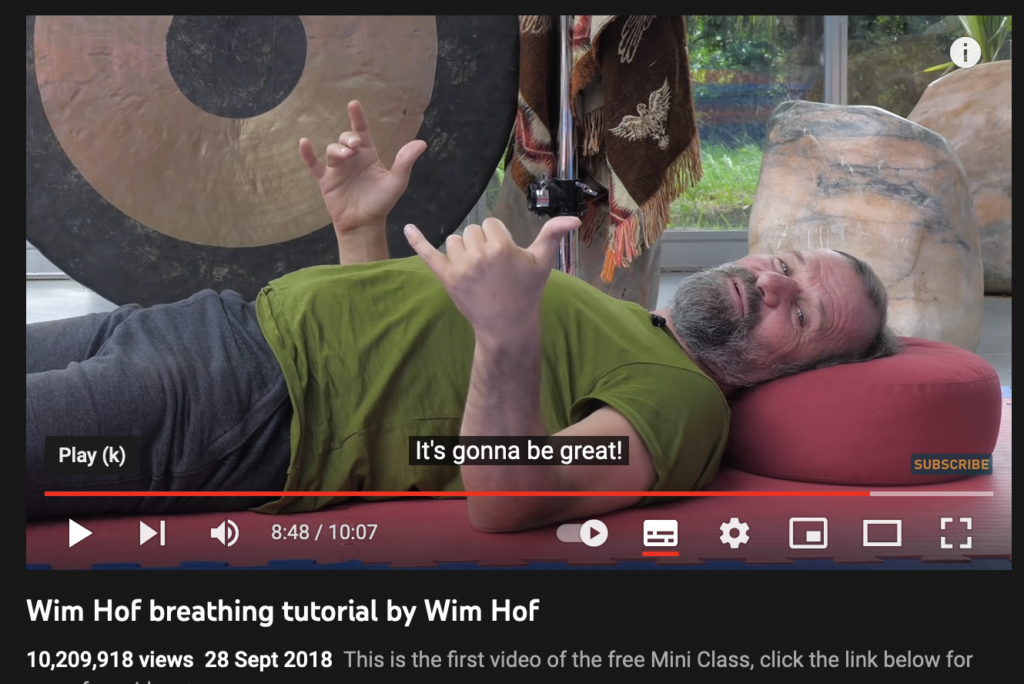For part 1 of this article on thumbs see Thumbs up – discussing curvature and angle
Now for part 2:
Are your thumbs engaged or disengaged?
This is probably the most important thing to notice about your thumbs!
 Some thumbs look disengaged. Like a car that’s been parked on the sidewalk or abandoned. These thumbs hang limply, held close in or even leaning against the rest of the hand. Other thumbs look more dynamic. There’s clearly someone behind the steering wheel, driving around, going wherever they want to go.
Some thumbs look disengaged. Like a car that’s been parked on the sidewalk or abandoned. These thumbs hang limply, held close in or even leaning against the rest of the hand. Other thumbs look more dynamic. There’s clearly someone behind the steering wheel, driving around, going wherever they want to go.
Not all “in thumbs” are “parked”. They may be more dynamic than you realise, and just temporarily on hold, due to feeling cautious for example.
How about your thumbs? Are they “parked” or engaged?
The good news about a “parked” thumb is you can change this. You can consciously engage your thumbs, like turning on the ignition key in your car.
How?
Our thumbs enable us to assert our will, oppose the elements and change the world around us, to make and use tools unlike any other creature. Yet more and more we suffer from “learned helplessness” particularly with AI, smartphones, mass media and governments seeking to control our behaviour.
Notice what’s stopping you from asserting your will. Is it fear, distraction, indecision or overwhelm that’s keeping you from doing what you want? Or is it comfort? Has someone else done all the heavy lifting taking away all your challenges? We may quickly fînd ourselves in a rut wearing golden handcuffs due to a life made too easy or habitual.
Perhaps it’s time for some resistance training. Small steps to reclaim the sovereignty of your own life and will by reactivating your thumbs.
Thumb rehabilitation
Try to give a “thumbs up” signal. Notice that you can’t do this unless you raise your thumb away from your fingers.
 Deciding, yes or no. Thumbs up or thumbs down (rather than not deciding) is one way to re-engage your thumbs.
Deciding, yes or no. Thumbs up or thumbs down (rather than not deciding) is one way to re-engage your thumbs.
Another way to re-inhabit your thumbs by consciously breathing more life into them.
Here’s how: Hold your hands palm up in front of you. Now breathe into your thumbs. A belly breath is best rather than upper chest. As you breathe in, move your thumb out away from the other fingers as far as you can. Then relax and let go as you breathe out, and allow your thumbs to go back in to the side of your hands again. Repeat this whenever you notice your hands. Breathe into your belly and then chest and move your thumbs outward as far as you can. Then relax and as the air leaves your lungs slowly bring your thumbs in ready for the next in breath, breathing new life into your thumbs as they consciously move further out. Smile to yourself as you do this wonderful exercise in self empowerment.
Too scared to breathe?
Perhaps our thumb angles are somehow related to our ability to use our diaphragms, the parashute shaped muscle just under our lungs that’s connected to the bottom of our rib cage. This is the main muscle that helps us breathe in and out more effectively. Many of us don’t use this muscle at all. Some of us incorrectly use our shoulders and upper body muscles to breathe because the diaphram gets compromised due to fear or past trauma. Like the thumb, it helps to remember that your diaphragm is still there but perhaps currently “parked”, like your car or your thumb. Practice moving your diaphragm in and out as you breathe and move your thumbs at the same time. If you are currently in a dangerous situation, start with very tiny sips hardly noticable, breathing into the space around your heart and feel the space there grow. You can decide for yourself when it feels safe enough to use your diaphram ( breathing into your belly). If it does, put your hand just below your breastplate and breathe in and out ever so slightly into your belly and also move your thumbs in and out. You can do this exercise in the pitchdark if you don’t wish to be observed. Your diaphram really is a parashute. A secret escape shute to a different reality through self empowerment.
Here’s some more breathwork training by another curvy thumbed enthusiast – Wim Hof aka “The Ice Man”.

Note how Wim’s thumbs are curvy like Sylvia Earle’s. Wim has inspired millions of people to recover from anxiety and depression by resetting their nervous systems through daily cold showers and his tested breathing techniques. Wim Hof is certainly a law unto himself as a multi-time world record holder for extreme cold exposure. Says actor Hugh Jackman, “He’s crazy… and it just makes you realize, just a little bit of crazy every day is good. It’s good for the soul.”
See the resources section below for other anti-stress breathing techniques. There are many excellent systems.
How can your hands help you?
Hands reveal your depth and beauty and also where you might be getting in your own way. See what you need to see to unlock your right life. For online consultations, book here.
Photo credits
Girl thumbs image by Brayan Espitia on Unsplash
Abandoned car image by Matt Campbell on Unsplash
Resources
Thumb article preceding this one: Thumbs up – on Curvy vs Straight, Wide angle vs small angle
Hand analysis training:
Learn more about thumbs in the next hand analysis course
More articles about hands register for hands tips here.
Useful breathwork techniques
Many come from pranayama
For an alternative anti-stress breathing technique also experiment with the 4-7-8 method, a breathing technique from yoga prescribed by Dr Andrew Weil MD. First breathe out, then breathe in for the count of 4, hold for count of 7, then breathe out for count of 8. (Keep your tongue touching your palette behind your teeth and make your outbreath an audible whoosh.)
Transformational breath – Judith Kravitz community offers free breathwork training every month
Vladimir Vasiliev’s Systema – by Matt Hill
Wim Hof app
